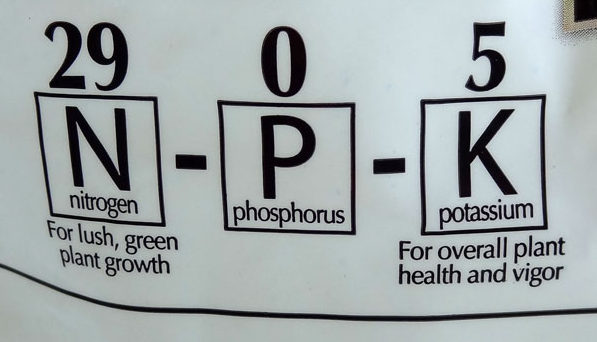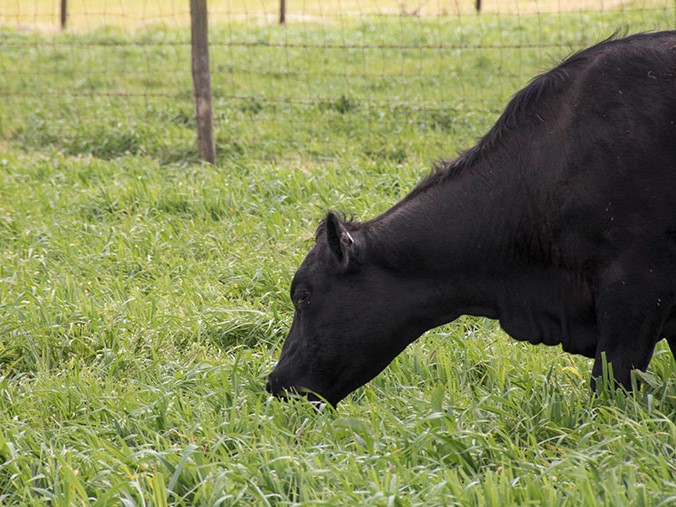So, when is the best time to apply fertiliser and what are the conditions that should be looked for in order to make the decision whether to apply the fertiliser or not? Here we'll provide some information on the key pointers to help farmers and growers to make these decisions.
Soil testing is the first step to complete before any fertiliser is applied. Crops and pastures require nutrients to reach peak yield. A number of these nutrients exist in the soil already and are available to the plants under the right conditions. The breakdown of soil organic matter and nitrogen produced by N-fixation in legumes can have a huge effect on the soil fertility.
Once the soil testing has been done and you know the results, chemical fertiliser or lime can be applied at the recommended application rate, depending on what is needed. Fertilisers are sold based on a percentage of Nitrogen (N), Phosphate, (P) and Potash (K) that they contain. Match the recommended nutrients needed to the N-P-K ratio in your fertiliser. Fertiliser dealers will provide custom blends depending on your needs to produce lush crops or pastures.

Phosphate, Potash and lime can be applied at any time but Nitrogen should be applied when the pasture or crop will have the best opportunity to respond with yield. You then need to be sure that the timing and application rate is just right. Usually the majority of Nitrogen applied as part of a fertiliser mix is gone within sixty days. So, if a higher rate of Nitrogen is applied, this provides the pasture or crop with more Nitrogen than the pasture or crop can use at the time. This may leave the pasture or crop deficient from the middle of the growing season to the end unless a late fertiliser is applied. Fields that receive a high application of Nitrogen may become acidic and need to have lime applied to maintain the correct PH level. For colder areas or seasons in pasture, research shows that split applications of fertiliser generally help to maximize the yield when Nitrogen is applied in the late summer and early spring.
The best practice for applying Nitrogen is when the plants are in an active growth phase and will uptake the most Nitrogen. Plenty of current or forecasted precipitation and soil moisture along with cooler temperatures also provides the plants with the highest chance to respond to the Nitrogen application. Good application timing can result in minimal losses due to leaching or denitrification.
Related Blog: 5 Tips for effective fertiliser spreading


.webp)